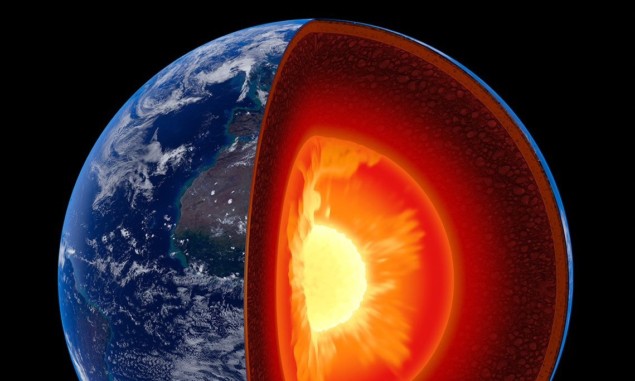- The countdown has begun on the Fox News debut of the Next Big Thing in denying carbon dioxide warming dangers.

Creating elements lighter than iron might not require the extreme conditions found inside very massive stars. According to a group of physicists in Japan and Canada, it is possible that oxygen, nitrogen and all other elements with atomic numbers up to 25 have also been produced inside the Earth.
Their eye-catching claim relies on the idea that fusion reactions occur ... deep inside the Earth. The inspiration for this idea comes from the evolution of Earth’s atmosphere. As the researchers point out, the atmosphere is thought originally to have been made up almost exclusively of carbon dioxide. But its composition then changed radically, resulting in the dominance of nitrogen – which today accounts for about 78% of the molecules in the atmosphere – as well as large amounts of oxygen (some 21%), while carbon dioxide is a mere 0.2%.
Accumulation of nitrogen-14
Many scientists, says Fukuhara, reckon that much of the nitrogen was contained in material from the solar nebula, a gaseous cloud that condensed and conglomerated to form the Sun and its planets. Additional nitrogen then came as planetesimals rich in the element crashed into our planet. But he argues that that hypothesis cannot explain the rapid accumulation of nitrogen-14 which is thought to have taken place between 3.8–2.5 billion years ago.
The answer, Fukuhara believes, might be terrestrial nuclear fusion. In a model published last year, he proposed that nitrogen, oxygen and water – concentrations of which have also shot up over time – could have been forged in endothermic reactions inside the Earth’s mantle. Those reactions would involve carbon and oxygen nuclei confined inside the crystal lattice of calcium carbonate rocks...
Physics World sought comment on the research from several experts in nuclear physics and geoscience but received no substantive replies.
Edwin Cartlidge is a science writer based in Rome
